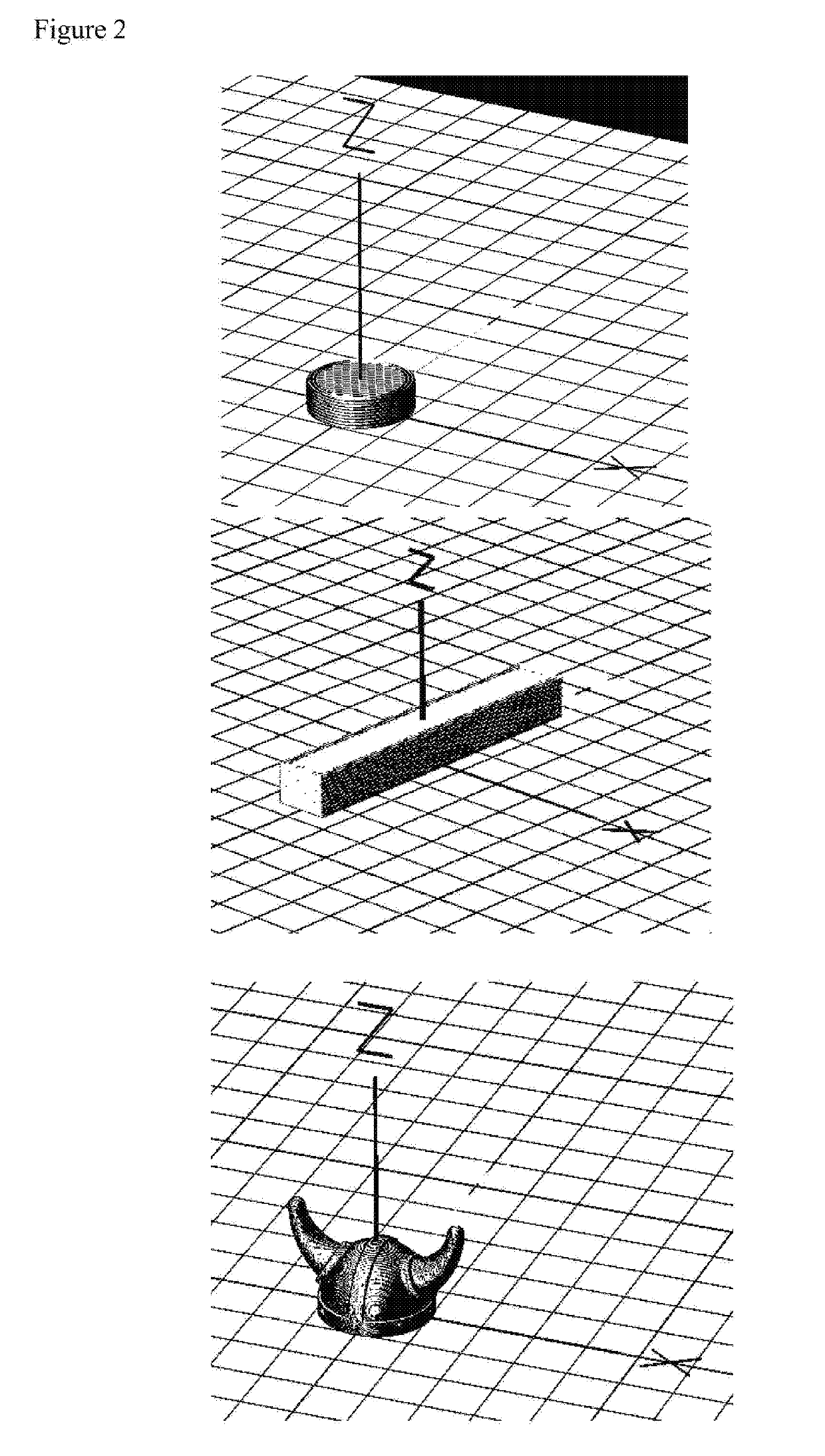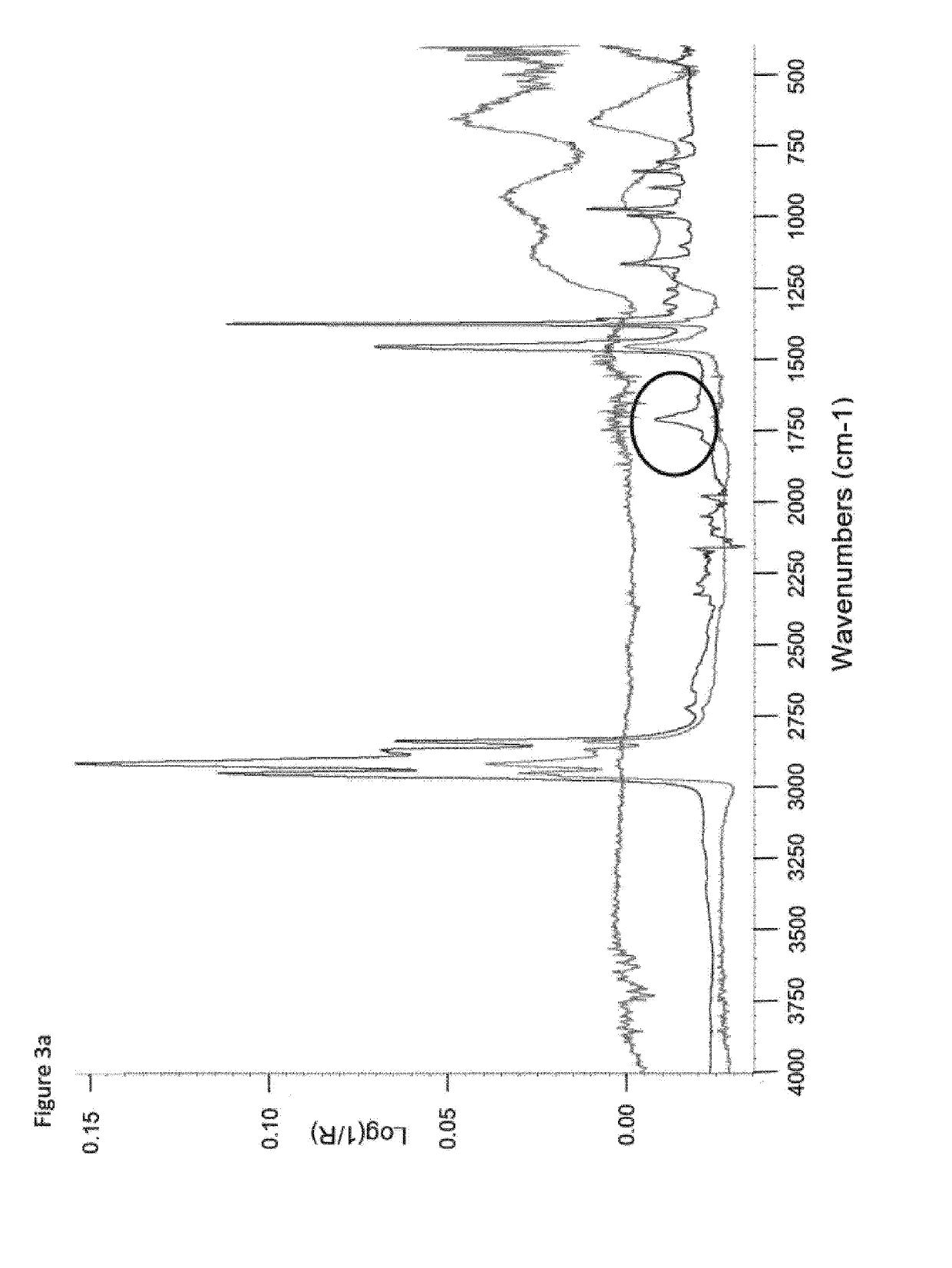Feedstock for an additive manufacturing method, additive manufacturing method using the same, and article obtained therefrom
a technology of additive manufacturing and additive manufacturing method, applied in the directions of additive manufacturing process, manufacturing tool, transportation and packaging, etc., can solve the problems of large machinery, time-consuming, and less suitable for preparing customized articles in a short tim
- Summary
- Abstract
- Description
- Claims
- Application Information
AI Technical Summary
Benefits of technology
Problems solved by technology
Method used
Image
Examples
examples 1 to 10
and Feedstocks F1 to F10
I. Filament Feedstocks
[0161]The following filament feedstocks F were made by mixing the respective components in their respective amounts given in Table 1 below:
TABLE 1Exemplary Feedstock CompositionsComp.P:SSKurarityPowderLB550KurarityKurarityFusabond[wt. %[wt. % ofLA4285LA2140P353ofbinder[wt. % of[wt. % of[wt. % ofFeed-totalcom-binderbinderbinderstockfeedstock]position]composition]composition]composition]F188.4492——8F289.42——928F389.11—92—8F489.21—64288F589.27—46468F689.33—28648F787.7394——6F887.9190——10F987.9988——12F1088.0886——14
[0162]Herein, the compounds were as follows:
Sinterable Particles (P):
[0163]17-4 PH stainless steel, water atomized and sieved to a particle size of <45 μm. The water atomizing process yields particles of irregular shape, which would not likely be easily 3D printed because of its poor flow properties compared to spherical powders. However, the debinding step after printing could be assisted by the irregular shape since all of the int...
examples 1a and 1b
Filament Production Using Feedstock F1
example 1a
in the Göttfert MI-2 Melt Indexer
[0175]A filament could be successfully obtained by setting the temperature to 210° C. The filament was continuous, flexible and had a good surface finish.
PUM
| Property | Measurement | Unit |
|---|---|---|
| Tg | aaaaa | aaaaa |
| Tg | aaaaa | aaaaa |
| diameter | aaaaa | aaaaa |
Abstract
Description
Claims
Application Information
 Login to View More
Login to View More - R&D
- Intellectual Property
- Life Sciences
- Materials
- Tech Scout
- Unparalleled Data Quality
- Higher Quality Content
- 60% Fewer Hallucinations
Browse by: Latest US Patents, China's latest patents, Technical Efficacy Thesaurus, Application Domain, Technology Topic, Popular Technical Reports.
© 2025 PatSnap. All rights reserved.Legal|Privacy policy|Modern Slavery Act Transparency Statement|Sitemap|About US| Contact US: help@patsnap.com



